NIL
College Athletes’ Voices are Valuable Missing Piece of House Settlement
The House v. NCAA settlement has yet to be approved, and it remains an imperfect solution to college sports in the NIL era. The harsh truth is that it didn’t need to be this way. Simply put, it should have taken input from college football and basketball players — those most affected by revenue sharing. […]
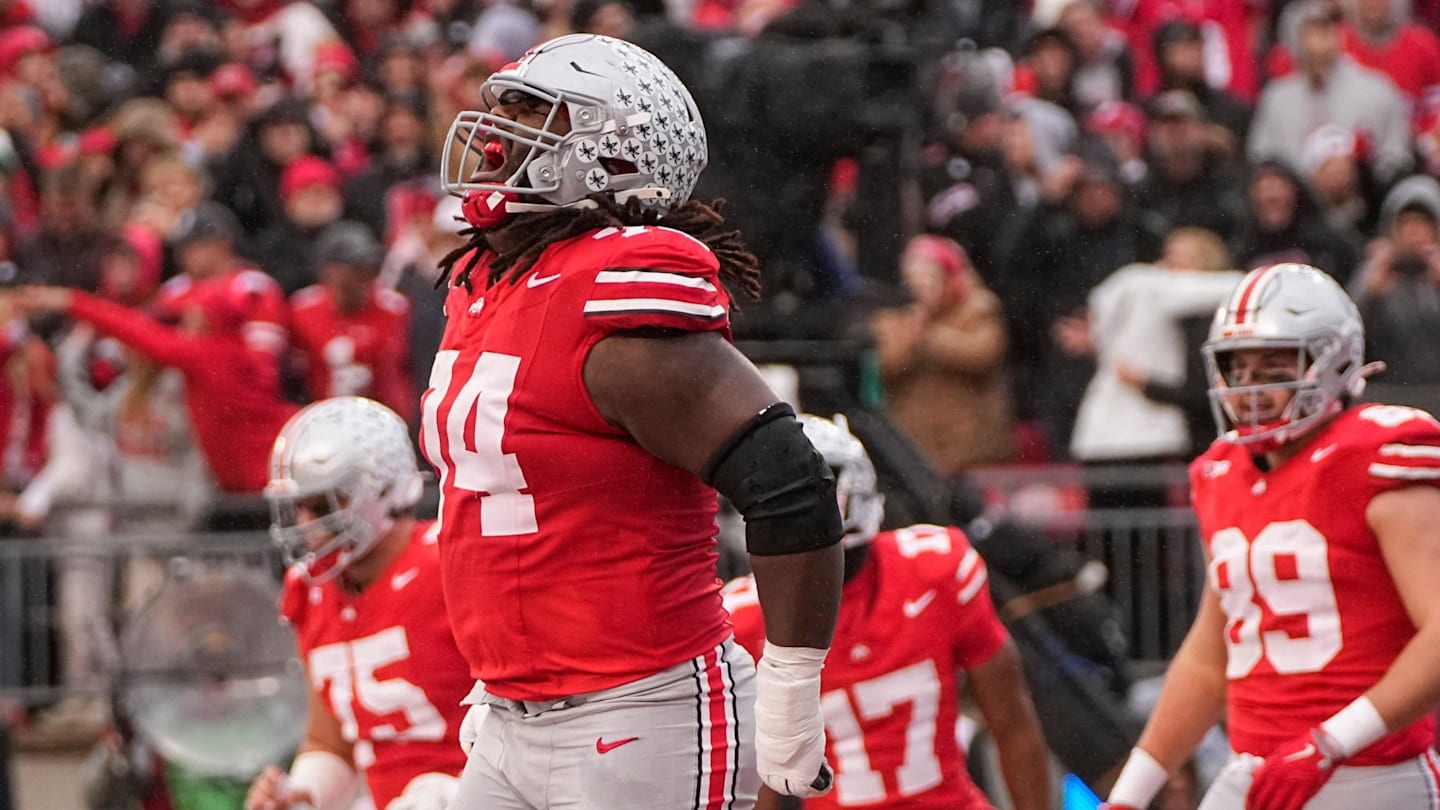
The House v. NCAA settlement has yet to be approved, and it remains an imperfect solution to college sports in the NIL era.
The harsh truth is that it didn’t need to be this way. Simply put, it should have taken input from college football and basketball players — those most affected by revenue sharing.
The NCAA has consistently lost litigation due to athletes not agreeing to the set rules. It’s why the transfer portal rules were eradicated and why NIL is legal and without guardrails at present.
The need for collective bargaining and a negotiation process has never been clearer. Is there a pathway to that future without employment status for college athletes?
The settlement’s core is at odds with its claims amid roster limit issues and other changes.
Under the guise of publicity rights, athletes will sign these NIL deals directly with schools, which ultimately amount to pay-for-play.
The problem is that it limits the athletes’ opportunities to use their likeness for real endorsement deals outside of the school.
For example, a brand might conflict with the brand that sponsors the school, but the athletes won’t own their rights to do endorsements in the same way.
The athletes did not agree to these restrictions, including the compensation limits imposed by the cap and the NIL clearinghouse for third-party deals.
Jim Cavale, founder of the players association for college athletes, Athletes.org, has been working to implement a process for collective bargaining in college sports.
He views the cap on their earnings as the most contentious aspect of the settlement, given its lack of collective bargaining.
Next come the contracts where athletes are confused once they see they can’t do other NIL deals or are asked to do extra promotion for free. The coach may try to push them out, but they can’t because they’re not performance contracts.
These lawsuits will no longer target the NCAA; instead, they will target schools or even coaches, compounding the problem.
“The next frontier of lawsuits is coming directly to campus, and it’s a huge liability for everyone involved,” Cavale said.
Athletes don’t know what they’re signing up for and what they’re giving up in revenue sharing. It’s an issue that has been brought up with U.S. District Judge Wilken and the plaintiff’s attorneys, but it’s one they keep alleging isn’t pertinent to the settlement.
“They’re just trying to get an answer on the settlement, and that’s distracting them from all the other things they’re going to have to figure out next,” Cavale said. “Which are complex but yet could be simplified through taking an existing blueprint and copy and pasting it into college sports, and that’s collective bargaining.”
Athletes.org is the largest players association in the country, with 4,700 members, and their goal of collective bargaining is shared with coaches and even athletic directors.
Cavale has created a process they’ve begun to socialize with athletic directors to show them what it would be like for athletes to have a seat at the table.
“One thing that’s been encouraging about those meetings is a lot of the things that the ADs want is not far from what the athletes want,” Cavale said. “I think getting a deal done is realistic once we have those conversations.”
Cavale and his partner created a bill for their conversations in DC that shows a path for collective bargaining without employment status. He believes that route would have the best bipartisan support.
He also sees an information gap where schools and commissioners may believe collective bargaining would occur directly between the athletes and the school.
“The Atlanta Falcons players don’t collectively bargain with the Atlanta Falcons,” Cavale said. “The Atlanta Falcons players collectively bargain with the NFL.”
It’s clear that schools and athletes are lacking a vehicle to collectively bargain, and a league entity like a player’s association solves that.
The House settlement appears to have no positive impact on the state of college sports without the athletes’ input.
NIL
New rules
It’s a mess. I don’t think this is a correct fix. I think NIL is going to try turn this into something that is frowned upon if you try to take the Audit clearing house to court. I think there will be some sort of team rules or expectations that if you come to this […]

It’s a mess. I don’t think this is a correct fix.
I think NIL is going to try turn this into something that is frowned upon if you try to take the Audit clearing house to court. I think there will be some sort of team rules or expectations that if you come to this university than you are expected to follow and respect the process.
I am not a fan of that. I am not a fan of Ohio State following the rules to a T because our AD is leading the NIL board. I think that kind of relationship is a double edge sword. I hope the plan works and college football follows the Buckeyes example, but so far the SEC and other programs aren’t.
I believe in the Buckeyes, but all this mess takes the fun out of recruiting for me. I used to get fired up about following a kid from HS to signing day to draft day, and now a days that passion is slipping away for me.
NIL
Texas launches new Longhorn Sports Agency to bolster NIL efforts
Texas is estimated to be one of the top spenders on NIL in 2025. AUSTIN, Texas — As a new era of revenue sharing sweeps across the college sports landscape, the University of Texas has launched a new agency to help with name, image and likeness (NIL) deals. On Monday, the university announced the creation […]

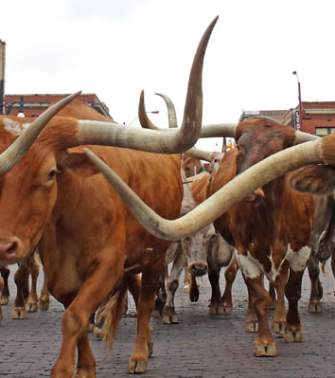
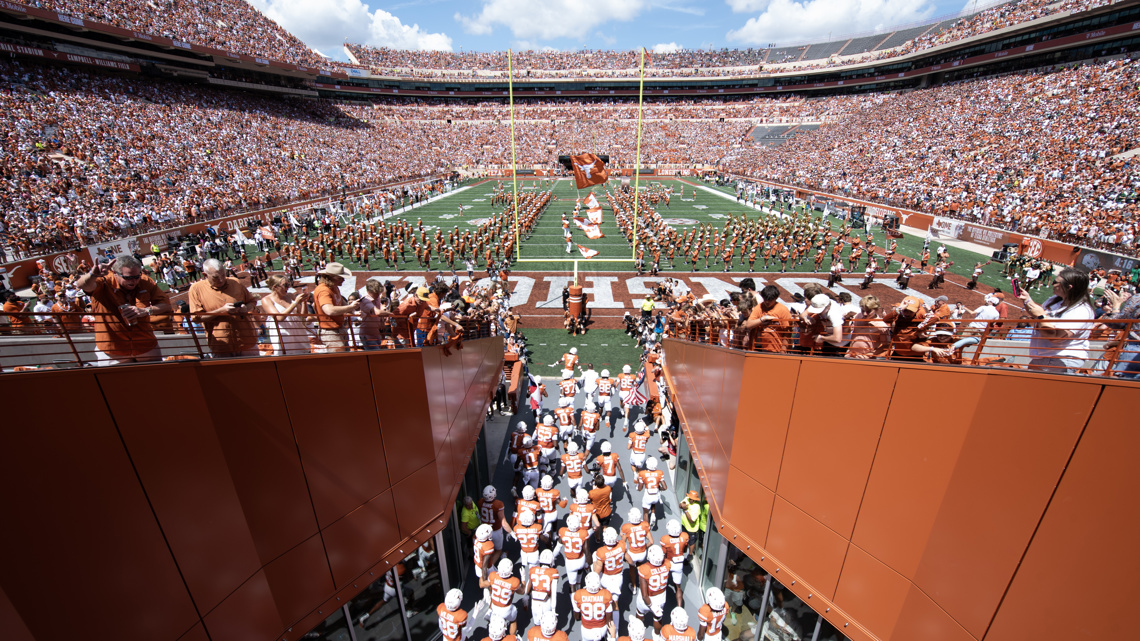
Texas is estimated to be one of the top spenders on NIL in 2025.
AUSTIN, Texas — As a new era of revenue sharing sweeps across the college sports landscape, the University of Texas has launched a new agency to help with name, image and likeness (NIL) deals.
On Monday, the university announced the creation of the Longhorn Sports Agency, an NIL agency created in collaboration between the school’s athletic department and Longhorn Sports Properties, which is run by college sports marketing firm Learfield.
The in-house agency will help the school facilitate NIL deals for its athletes, which comes as the university is estimated to be one of the top spenders on NIL in 2025.
“Everything we do at Texas is about setting a high standard, and NIL is no different,” UT Athletic Director Chris Del Conte said in a Monday news release. “The Longhorn Sports Agency reflects our commitment to building an industry-leading infrastructure that supports our student-athletes and strengthens the Texas brand.”
According to a news release from the university, the new agency will be led by Lucas Motta, who is the current vice president of Longhorn Sports Properties. It’s main focuses will be on building and monetizing student athlete brands, as well as on-campus NIL leadership and deal facilitation through the Compass NIL platform.
The agency will also employ various executives, including a director of NIL business development, an associate of business development and an NIL marketing partnership manager.
The full release from the school can be found here.
NIL
BREAKING
The University of Tennessee athletics department is making a switch. One that should ignite plenty of debate amongst fans. The Vols have used Nike as their official apparel supplier since 2014. This is set to change when their contract with the major brand expires in 2026. Sources tell Local 3 Sports Director Ben Bobick Tennessee […]


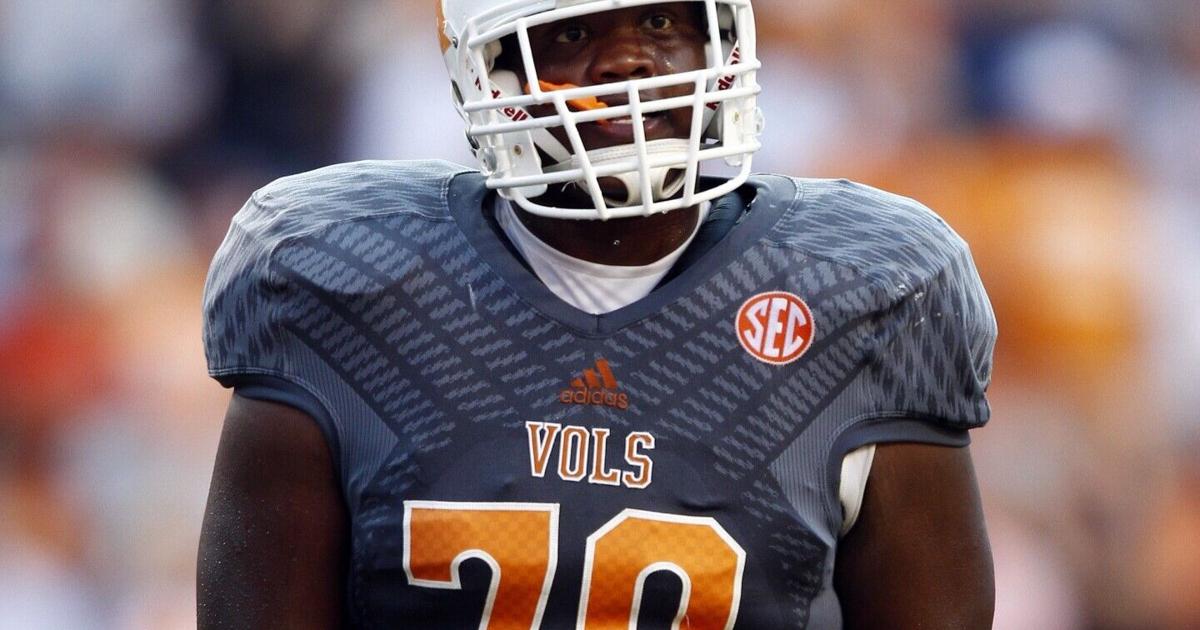
The University of Tennessee athletics department is making a switch. One that should ignite plenty of debate amongst fans.
The Vols have used Nike as their official apparel supplier since 2014. This is set to change when their contract with the major brand expires in 2026.
Sources tell Local 3 Sports Director Ben Bobick Tennessee is switching back to Adidas after the university could not reach an agreement with Nike to extend its current contract.
The Vols had a deal with Adidas from 1995-2014. The football team sported the Adidas logo when they won their last national championship in 1998.
This new deal could play a major part in this new NIL era of college athletics. Adidas may have offered Tennessee a deal they couldn’t refuse that would aid in the school’s revenue sharing for athletes.
NIL
5-Star WR Cederian Morgan Commits to Alabama over Colorado, Florida, Georgia
Alabama has a long line of superstar wide receivers, and the university added a potential future star to the mix on Wednesday. Per Hayes Fawcett of Rivals, 5-star wide receiver Cederian Morgan announced his commitment to the Crimson Tide. Morgan is the No. 2 receiver and No. 12 overall player in 247Sports’ composite, and he […]
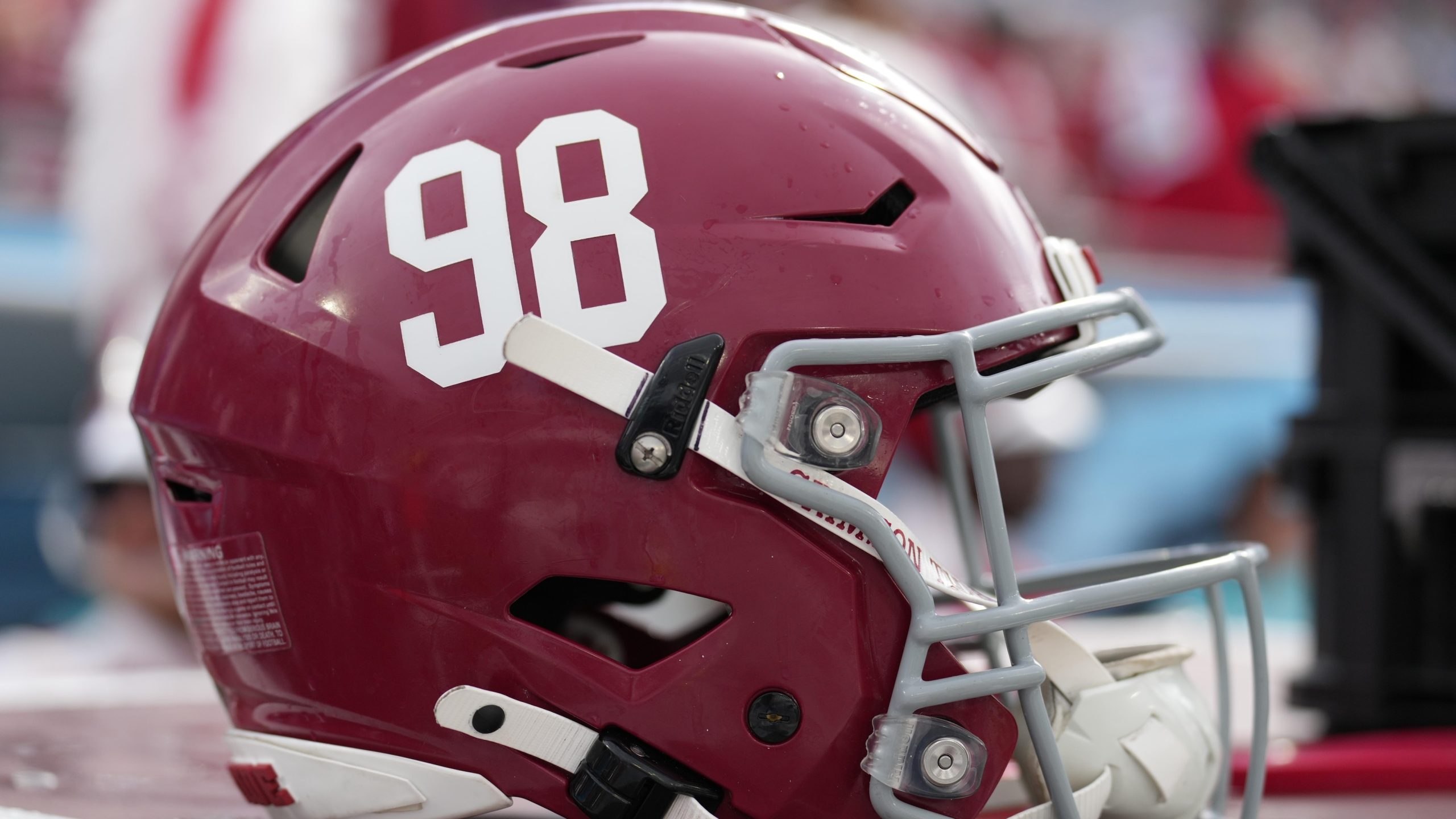
Alabama has a long line of superstar wide receivers, and the university added a potential future star to the mix on Wednesday.
Per Hayes Fawcett of Rivals, 5-star wide receiver Cederian Morgan announced his commitment to the Crimson Tide. Morgan is the No. 2 receiver and No. 12 overall player in 247Sports’ composite, and he chose Alabama over offers from Colorado, Florida and Georgia, among others.
Per 247Sports, Morgan is the third five-star recruit in the class of 2026 to commit to the Crimson Tide, joining edge rusher Xavier Griffin and cornerback Jorden Edmonds. The commitment fulfills the Alabama native’s goal to stay home.
“I get to stay home and play for the in-state school that I grew up a fan of,” Morgan told Rivals’ Chad Simmons (h/t Keegan Pope of On3.com). “It is a great feeling. This was like a dream for me. I have been there so many times and Alabama is home for me.”
A 6’4″, 210 prospect, Morgan stars for Benjamin Russell High School in Alexander City, Alabama. As a junior, he produced 70 catches for 1,162 yards and 14 touchdowns. He averaged 16.6 yards per catch.
In addition to his prowess on the football field, Morgan is a multi-sport athlete who also plays basketball and competes in track and field. On the basketball court, he averaged 14.4 points and 11.3 rebounds during his junior year. He’s also a two-time state qualifier in the high jump.
Still, the football field is where Morgan thrives the most, and he appears to be a polished prospect who can make an immediate impact at Alabama. 247Sports scouting analyst Gabe Brooks described him as a “uniquely gifted pass-catching target with outstanding physical tools and athletic chops” who “projects as a high-major impact player with traits that suggest long-term NFL Draft high-round potential.”
Crimson Tide fans are surely going to be excited to see Morgan paired with star receiver and fellow Alabama native Ryan Williams in 2026.
NIL
Should Texas Longhorns join LSU and sell advertising on jerseys?
To help come up with the $20.5M to pay their athletes, LSU is planning to sell advertisements on all its teams’ jerseys. I think this is a terrible, unforgivable mistake not worth a fraction of what they’d get in return.https://t.co/S8UPjpcMNY — Zach Barnett (@zach_barnett) July 2, 2025 Searching for a potential NIL edge, the LSU […]
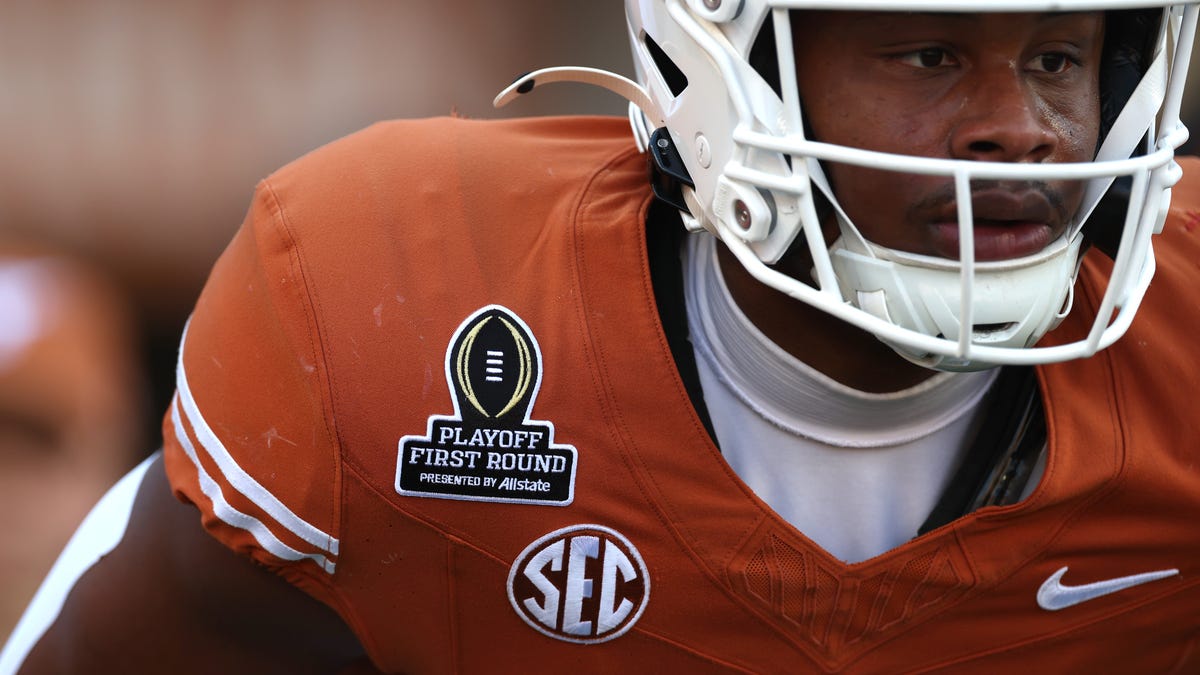
Searching for a potential NIL edge, the LSU Tigers have announced they will sell a sponsorship patch on their iconic jerseys. The Baton Rouge Advocate reports LSU “hopes the NCAA will allow schools to sell patches on their jerseys.” In the event the governing body clears it, the Tigers project they can generate “multiple millions of dollars a year” doing so.
The report says LSU has already identified an advertising partner and has decided out where the patches would go on every jersey, from cross country to football. LSU deputy AD for revenue generation Clay Harris says the program can generate millions a year. But he also says the ad emblem won’t go overboard. “We don’t have this as some crazy, NASCAR-like situation,” Harris said.
Not everyone is pleased with the plan.
Of course, college football jerseys already have a couple forms of advertising on them already. First, there’s the apparel maker’s patch. Be it Nike, or Adidas or Under Amour, the jersey manufacturer makes sure their logo is easily visible. Adidas has even increased the size of its logos on jerseys in the English Premier League.
Each college team also carries their conference logo. While that patch shows unanimity among conference member schools, make not mistake – it is an ad.
International soccer clubs are the real trailblazers in jersey sponsorships. Almost all European teams have a jersey sponsor and it is front and center, the biggest logo on the entire jersey. The team’s logo is typically relegated to a small patch on the left side. London club Arsenal, for example, makes $68.25 million dollars a year from Emirates Airlines.
In the US, the NBA has had jersey advertising for eight years now. The NBA allows teams to sell one sponsorship patch placed on the front left shoulder of player uniforms. Teams make significant money from the ads, averaging $10.88 million per year. New NBA Champion Oklahoma City, for example, has a Love’s travel shop patch.
The NHL doesn’t have jersey sponsors, but the league does allow helmet sponsors.
One decision that needs to be made is the size and look of the patches. Will the sponsor try to match the team colors? Will LSU have a patch that actually clashes with its purple and gold? Where will the logo go? LSU has not shared their exact plan.
Fans won’t like the new advertising space, but if it is successful in Baton Rouge, you can bet more, if not all, teams will adopt the idea. Tradition be damned. The additional revenue stream has been discussed by athletic directors for over a year.
NIL
NCAA gets it Right
CLEMSON — The NCAA got something right. On Wednesday, the NCAA Division I Committee for Legislative Relief approved a one-time blanket waiver that allows designated student-athletes to enter the NCAA Transfer Portal outside of the standard transfer windows. The waiver applies to individuals identified as Designated Student-Athletes (DNA) under the House settlement and enables them to declare […]
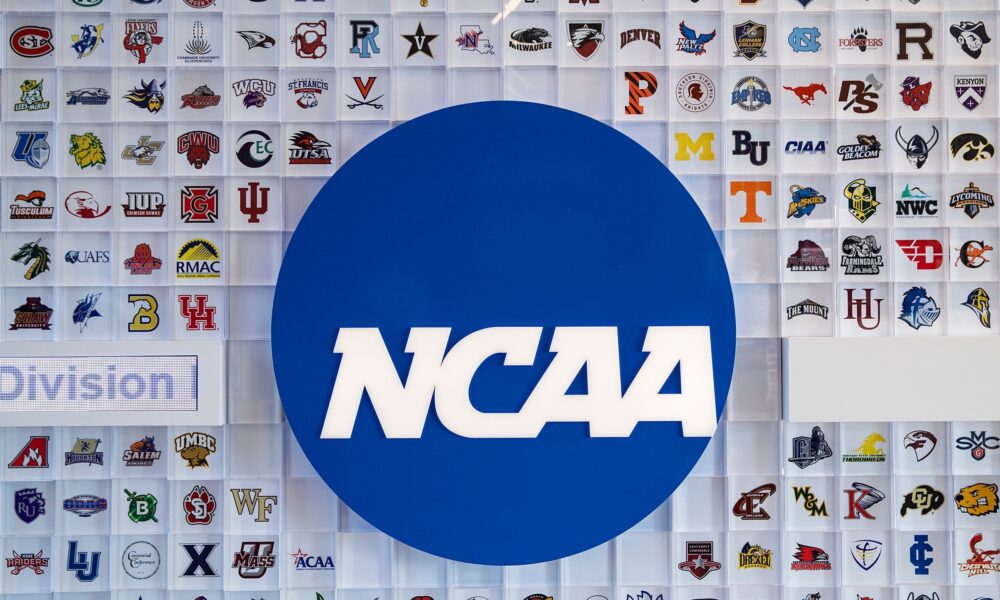
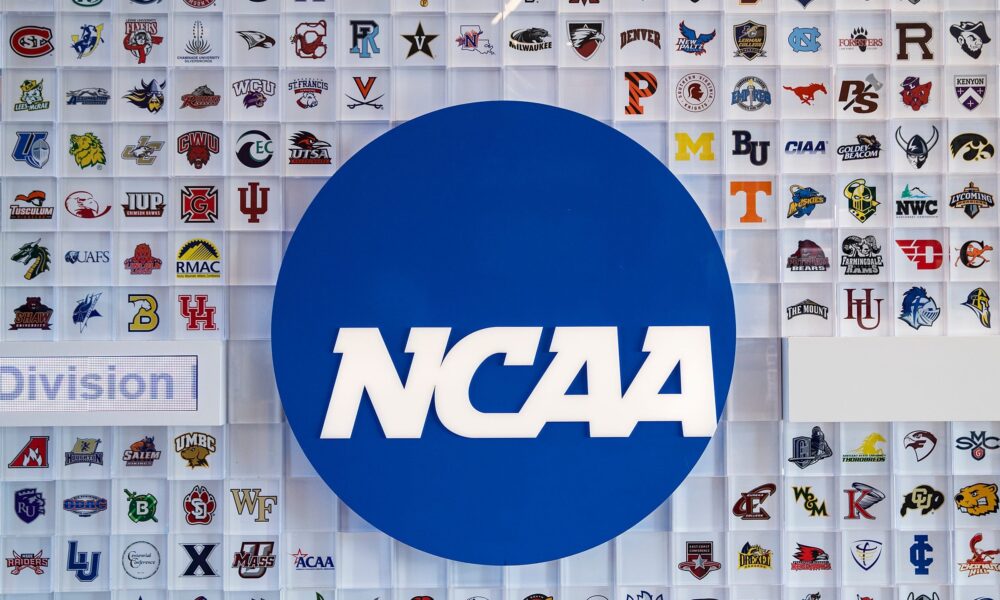

CLEMSON — The NCAA got something right.
On Wednesday, the NCAA Division I Committee for Legislative Relief approved a one-time blanket waiver that allows designated student-athletes to enter the NCAA Transfer Portal outside of the standard transfer windows.
The waiver applies to individuals identified as Designated Student-Athletes (DNA) under the House settlement and enables them to declare their intent to transfer between July 7-Aug. 5. The waiver creates a unique transfer portal window for DNA, distinct from the regular transfer periods.
An athlete is eligible to be placed on a DSA list if they were eligible for practice and/or competition on a team last year and if they lost their roster spot because of the new roster limits, as a result of the House settlement or was an eligible member of a team in 2024-25, such as walk-ons or was recruited and assured by their school of a 2025-26 roster spot.
Athletes put on a DSA list are exempt from roster limits at their current school and are exempt from roster limits at their new school should they transfer. The DSA tag remains with the athlete for their career, which was another piece negotiated in the settlement.
“I think it is the right thing to do,” Clemson head coach Dabo Swinney said in May to The Clemson Insider at the ACC’s Spring Meetings when asked about the possibility of those DSA that walked-on in 2024-25 getting the opportunity to be grandfathered in. “It is a win for the young people that have sacrificed a lot to create an opportunity for themselves in life through doing the work.”
Tuesday’s action by the NCAA came about after federal judge Claudia Wilken informed the NCAA back in May that she would not approve the House settlement unless some changes were made regarding new roster limits.
The settlement agreement initially required schools to trim their rosters. Football for instance, which has as many as 120 players (85 scholarships + walk-ons) will be forced to trim down to 105 scholarship players by the start of the season.
“You grandfather all the kids that were on the roster, and you give them an opportunity to finish. That’s the right thing to do,” Swinney said. “And to me, it’s low-hanging fruit. It avoids a lawsuit, most likely.
“The crazy thing, we said this last summer, but now that it’s gotten to the finish line, it’s pretty obvious – you’re going to take an opportunity away that otherwise would be there. It might matriculate three or four years or so, but we’ve got some kids that are going on their fourth year or their fifth year that we’re going to have to cut. Now, the good news, we don’t have to cut till the first week of [the Aug. 30 season opener vs.] LSU, to 105.”
Still, making those cuts is something Swinney has admittedly been “dreading.” He has not been a fan of having to cut his walk-on program and has expressed how difficult it would be to cut players this summer to meet the requirement.
Swinney, though, pointed out that some of Clemson’s players have already “kind of cut themselves.”
“We haven’t cut anybody yet – we had some kids that cut themselves because they knew, well, I’ve got to go through mat drills, spring ball, summer workouts, fall camp, just to get cut,” Swinney said. “And that was really sad for me because it’s just unbelievably tough and committed young people that are chasing their dreams and just trying to be the best version of themselves, and relationships and all the things that come from being a part of a team.”
Swinney, of course, was a walk-on at Alabama, where he earned a roster spot and eventually a scholarship. He was a part of the Tide’s 1992 National Championship team. He then became a graduate assistant at Alabama and later an assistant coach.
He made his way to Clemson as Tommy Bowden’s wide receivers coach in 2003 and became the Tigers interim head coach in 2008 following Bowden’s mid-season resignation and earned the permanent head coaching title in December of the same year.
Since then, Swinney has compiled a 180-47 record at Clemson, winning two National Championships and nine ACC titles.
-

 Motorsports3 weeks ago
Motorsports3 weeks agoNASCAR Weekend Preview: Autódromo Hermanos Rodríguez
-
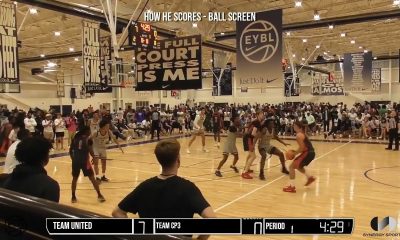
 College Sports3 weeks ago
College Sports3 weeks agoIU basketball recruiting
-

 Social Media3 weeks ago
Social Media3 weeks agoPune Athletes Make Global Mark at IRONMAN Hamburg and Brazil 2025
-
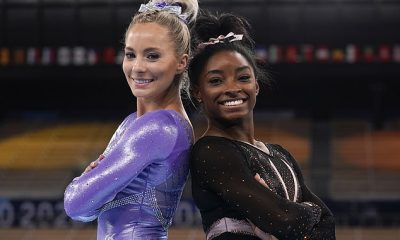
 Health3 weeks ago
Health3 weeks agoGymnast MyKayla Skinner Claims Simone Biles 'Belittled and Ostracized' Her amid Riley …
-

 Motorsports2 weeks ago
Motorsports2 weeks agoNASCAR Race Today: Mexico City start times, schedule and how to watch live on TV
-

 Motorsports2 weeks ago
Motorsports2 weeks agoNASCAR in Mexico City: Where to watch, start time, stream, lineup, race preview for inaugural Viva Mexico 250
-

 College Sports6 days ago
College Sports6 days agoWAC to Rebrand to UAC, Add Five New Members in 2026
-

 College Sports2 weeks ago
College Sports2 weeks agoLivvy Dunne honors boyfriend Paul Skenes with twist on LSU jersey
-

 Health3 weeks ago
Health3 weeks agoChicago Sky receive unfortunate reaction to 'mental health' statement with Angel Reese
-

 High School Sports3 weeks ago
High School Sports3 weeks agoNew Bedford top stories



































